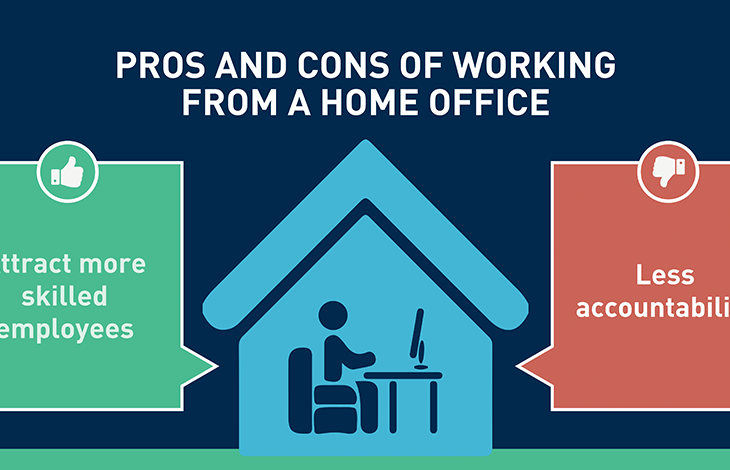Workers’ Compensation
What is Worker’s Compensation Insurance?
Workers’ Compensation Insurance is compulsory for most employers in Australia. It provides cover for your business against the financial costs for weekly compensation or a lump sum benefit in the case of permanent disability.
Every business and industry has occupational and safety hazards that can result in injury to employees and contractors. Some workplaces have a higher risk of work-related incidents than others, but no matter the size of your business, or the industry or state/territory it’s in, you’re required by law to have Workers' Compensation Insurance.
Why is Workers' Compensation Insurance important?
As an employer, Workers' Compensation Insurance is statutory obligatory. This insurance is designed to reimburse the business against weekly wages or lump sums costs if an employee is injured at work.
Workers’ Compensation rules vary between states and territories, so it’s important to check the relevant regulator for exact requirements for your location and industry, and seek professional insurance advice when making your decision.
- Working Directors. Check if you have to include yourself as a working director, as this depends on the state/territory. We also recommend that working directors consider Personal Accident Insurance which has additional benefits not covered under Workers’ Compensation.
- Contractors. If you employ contractors, some states and territories also require that these people, called ‘deemed workers’, are insured for Workers' Compensation.
- Sole Traders. As a sole trader, it’s unlikely you can get Workers' Compensation Insurance. However, if you can’t work, you’ll still need ongoing income to pay your regular bills, so you should consider Personal Accident, Life, and Sickness Insurance in case you have an accident or permanent disability.
What does Workers' Compensation Insurance cover?
In cases of a work-related illness or injury, Workers' Compensation can reimburse the business for weekly wages, as well as pay the cost of hospital, medical, and rehabilitation expenses.
Examples of work-related injuries include:
- soft-tissue injuries from lifting in warehousing or packing
- cuts, lacerations, and needlestick injuries in medical and allied health
- slips and trips in the retailing or consulting industries
- hearing damage, dust diseases or asbestosis in the construction industry
- fatal incidents such as electrocution, poisoning, falls and being struck by a machine.
There are also exclusions for illness or injuries that happen outside the scope of employment, like driving to or from work
.
We’re ready to assist you in arranging Worker’s Compensation Insurance that meets the statutory requirements in your state or territory.
Frequently Asked Questions
How much does worker’s compensation insurance cost?
Each state and territory calculates premiums differently. In principle, the annual premium is based on the industry rate, total amount of gross wages paid, and your business’ claims history.
Does your business need worker’s compensation insurance?
If you have employees, then each state and territory requires that you have Worker’s Compensation Insurance in place before you start operating the business. Employees can be full-time or part-time, and may also include contractors or deemed workers, piece-meal workers and apprentices.
What types of injuries or illnesses are covered by worker’s comp?
Workers’ Comp covers any injury or illness directly caused at or by the type of work. For example, a needlestick injury may cause hepatitis in a nurse, a scaffolding collapse may cause permanent injuries, quarry workers could develop tinnitus (ringing in the ears) due to excessive workplace noise, or a warehouse worker could injure their back when packing shelves.
Who is exempt from worker’s compensation?
Workers’ Compensation Insurance covers employees and deemed workers. Business owners or sole traders, as well as independent contractors, usually aren’t insured under Workers' Compensation. If you’re not insured, we recommend that you consider buying Personal Accident Insurance.




